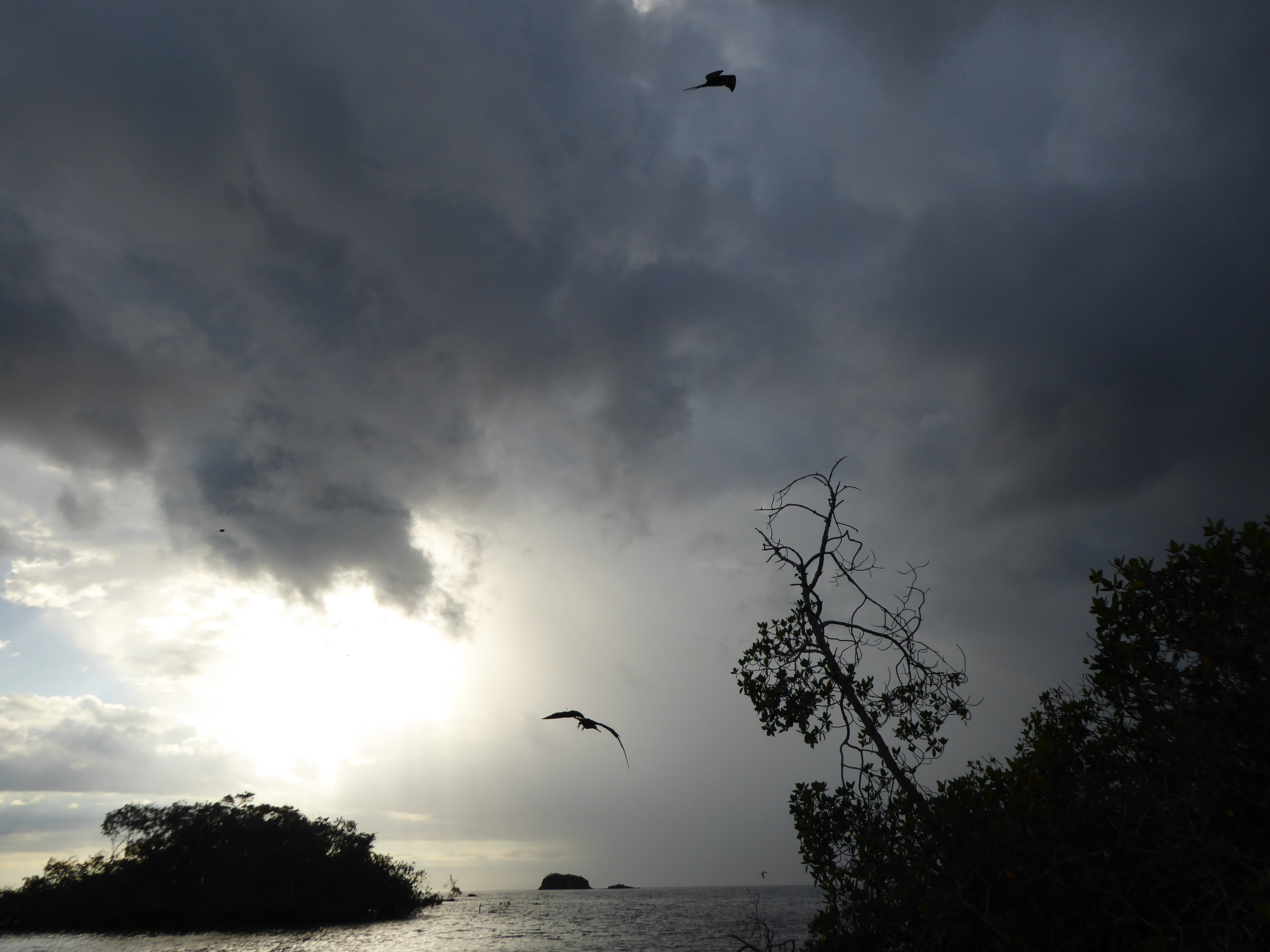 To appreciate the Galapagos is easy. One need only use one’s senses, but to learn some of the history adds to the pleasure.
To appreciate the Galapagos is easy. One need only use one’s senses, but to learn some of the history adds to the pleasure.
Unlike many lands, the Galapagos claims no indigenous people, at least not one with a trace. The islands are volcanic and were never connected to a land mass. Pirates and other seamen had visited the islands, nearly devouring all the tortoises that gave the islands their name, yet did not settle here. The Galapagos was eventually founded as a penal colony where prisoners were expected to fend for themselves. The residents today, if descendants of past generations, are likely related to these original prisoners. In the 20th century a few Europeans came seeking an Edenic life–very few remained. The Wittmers of Floreana are a noteworthy and fascinating exception.
Today the population is tightly controlled and permanent residency can only be obtained by being born here or marrying someone who has.
Santa Cruz is the most populated of the four inhabited islands and connected by bus and ferry to the tiny island of Baltra where an airport welcomes flights from Quito and Guayaquil. Foreigners come in droves with predominantly pale skin, wide-brimmed hats and variations of safari attire. Backpackers are less in attendance; a visit to the Islands does not come cheap.
If one sticks to the main streets of the inhabited islands, a stream of travel agencies, t-shirt shops, and restaurants catering to tourists with highly inflated prices will be encountered. Tourism is the primary industry. But walking in the quieter back streets one discovers a life for locals where a full lunch with soup, main course and bottomless juice glass is $4 (the currency here is the American dollar converted from the sucre in 2000. Many Ecuadorians lost considerable sums in the sudden exchange. The “connected” took measures in exchanging their funds beforehand.).
My two-week boat trip passed far too quickly and exceeded all expectations.
Fortunately I have some time before my visa expires to explore Santa Cruz, Floreana (which I will be writing about next), and Isla Isabela before heading back to the Ecuador mainland on May 1.
An added bonus is that my Spanish is improving-very few locals speak English.
To be continued…